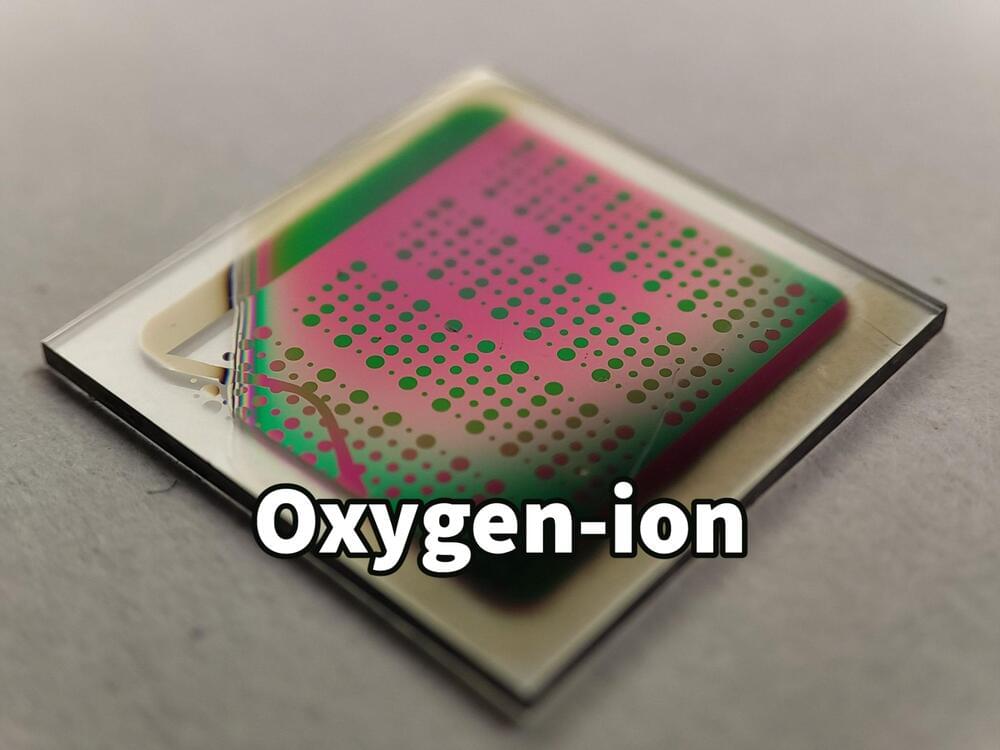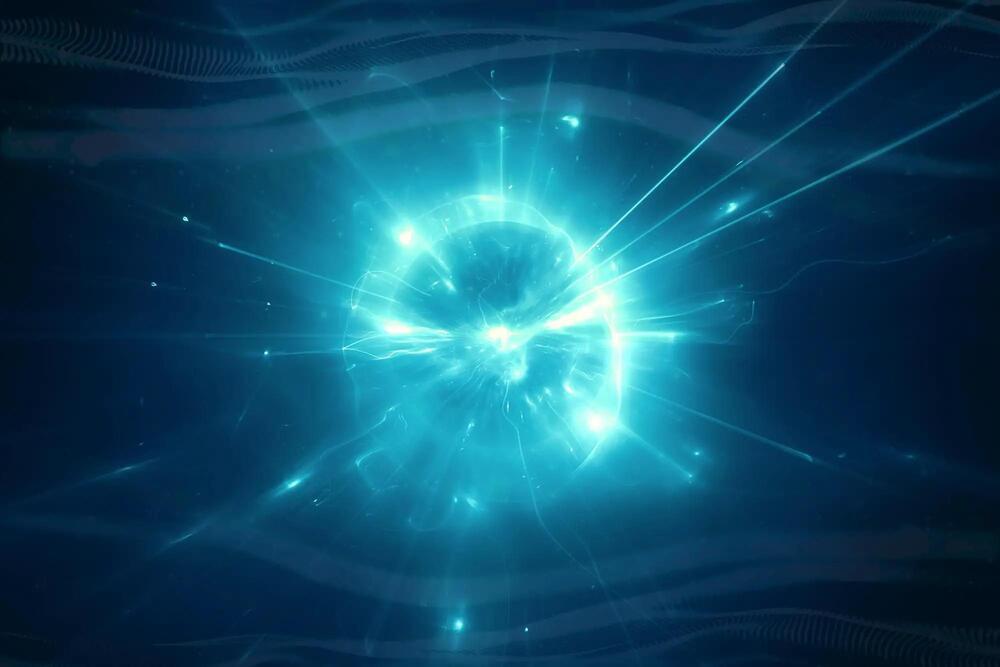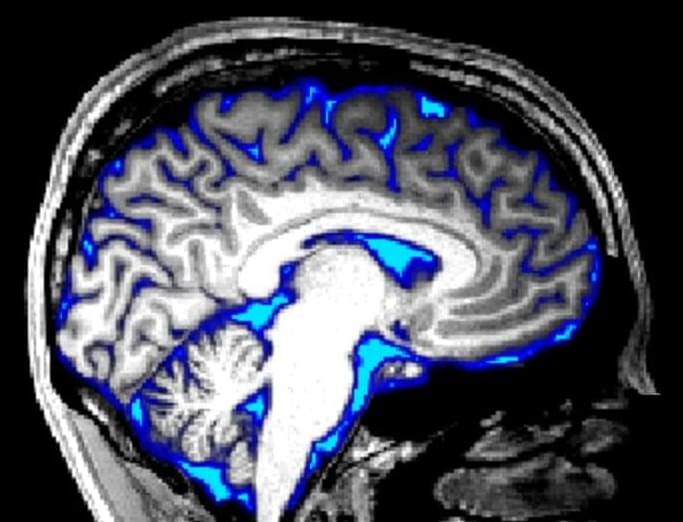Geologists have confirmed that our world will be getting a brand new ocean according to new research published in the peer-reviewed journal Geophysical Research Letters.




It can take off vertically with a lead-up (defined as the length of runway needed for take-off) of less than 300 feet, hover in austere environments, and fly forward at more than 450 miles per hour. And, by the way, it’s probably a fixed-wing plane.
That, at least, is the idea behind DARPA’s SPRINT X-plane, a project in the beginning stages of development for use by the U.S. Special Operations Command (SOCOM). The Defense Advanced Research Projects Agency recently called for proposals for a plane with a mind-bending set of capabilities. According to the March solicitation, DARPA wants a scaled demonstrator ready to fly within the next three-and-a-half years.
SPRINT, naturally, stands for “SPeed and Runway INdependent Technologies.”

Back in 1,883, a pretty agate mineral was registered to the Natural History Museum’s Mineralogy Collection. Around 15 centimeters (6 inches) across, almost completely spherical but otherwise unassuming, the specimen has remained in the collection for the last 175 years, until a chance finding revealed it to be a dinosaur egg.
The specimen’s pretty colors of light pink and white interior caught the eye of Robin Hansen, one of the Mineral Curators at the museum who helped prepare the specimen when it was selected to go on display in 2018. Then a trip to a mineral show in France helped reveal the significance of the rock.
‘While I was looking around the show, a dealer showed me an agatised dinosaur egg, which was spherical, had a thin rind, and dark agate in the middle,” recounts Hansen in a statement. “That was the lightbulb moment when I thought: ‘Hang on a minute, that looks a lot like the one we’ve just put on display in the Museum!’”

Li-ion batteries power almost everything these days, but their star is waning as more promising chemistries are developed. Scientists at the Technische Universität Wien (TU Wien) in Austria have invented a new battery type that uses abundant materials. The Oxygen-ion battery is cheap to produce and can last forever.


Another week, another exoskeleton on Kickstarter.
A Shanghai-based startup called Hypershell is trying its luck with an AI-powered exoskeleton that promises to take a big load off the next time you’re on a hike or run — and they say it’s even small enough to fit inside a backpack.
But the jury is still out on whether it’s anything more than a sci-fi-looking fashion accessory. To anyone thinking of backing, all the usual caveats about crowdfunding apply — it might not work at all, nevermind well, and it’s not uncommon to receive nothing at all.

My mum was due to celebrate a century of life and looking forward to getting her card from the Queen. She’d been living in an aged-care facility which had been through multiple lockdowns due to Covid. Our family started preparations for her birthday party; “hold the date” cards were sent.
On Mum’s behalf, we applied to receive the birthday card from the Queen. But early one night, after another lockdown, my dad rang. “I don’t think she’ll make it to the weekend,” he said. “Come quickly.”
As it happens, she hung on for another 18 days. The palliative nurse explained to my family that this was a time of being, rather than doing. We tried to make Mum feel loved, comfortable and with as little pain as possible as her body prepared to die.

Scientists at Oak Ridge National Laboratory attempted to observe dark matter in a brightly-lit hallway in the basement using the sensitivity of their neutrino detectors. Neutrino Alley, where the team works, is located beneath the Spallation Neutron Source, a powerful particle accelerator. Following up on years of theoretical calculation, the COHERENT team set out to observe dark matter, which is believed to make up to 85% of the mass of the Universe. The experiment allowed the team to extend the worldwide search for dark matter in a new way, and they are planning to receive a much larger and more sensitive detector to improve their chances of catching dark matter particles.
Few things carry the same aura of mystery as dark matter. The name itself radiates secrecy, suggesting something hidden in the shadows of the Universe.
A collaborative team of scientists called COHERENT, including Kate Scholberg, Arts & Sciences Distinguished Professor of Physics, Phillip Barbeau, associate professor of Physics, and postdoctoral scholar Daniel Pershey, attempted to bring dark matter out of the shadows of the Universe and into a slightly less glamorous destination: a brightly lit, narrow hallway in a basement.

Researchers at Boston University, U.S. report that the flow of cerebrospinal fluid in the brain is linked to waking brain activity. Led by Stephanie Williams, and publishing in the open access journal PLOS Biology on March 30, the study demonstrates that manipulating blood flow in the brain with visual stimulation induces complementary fluid flow. The findings could impact treatment for conditions like Alzheimer’s disease, which have been associated with declines in cerebrospinal fluid flow.
Just as our kidneys help remove toxic waste from our bodies, cerebrospinal fluid helps remove toxins from the brain, particularly while we sleep. Reduced flow of cerebrospinal fluid is known to be related to declines in brain health, such as occur in Alzheimer’s disease. Based on evidence from sleep studies, the researchers hypothesized that brain activity while awake could also affect the flow of cerebrospinal fluid. They tested this hypothesis by simultaneously recording human brain activity via fMRI and the speed of cerebrospinal fluid flow while people were shown a checkered pattern that turned on and off.
Researchers first confirmed that the checkered pattern induced brain activity; blood oxygenation recorded by fMRI increased when the pattern was visible and decreased when it was turned off. Next, they found that the flow of cerebrospinal fluid negatively mirrored the blood signal, increasing when the checkered pattern was off. Further tests showed that changing how long the pattern was visible affected blood and fluid in a predictable way, and that the blood-cerebrospinal fluid link could not be accounted for by only breathing or heart rate rhythms.